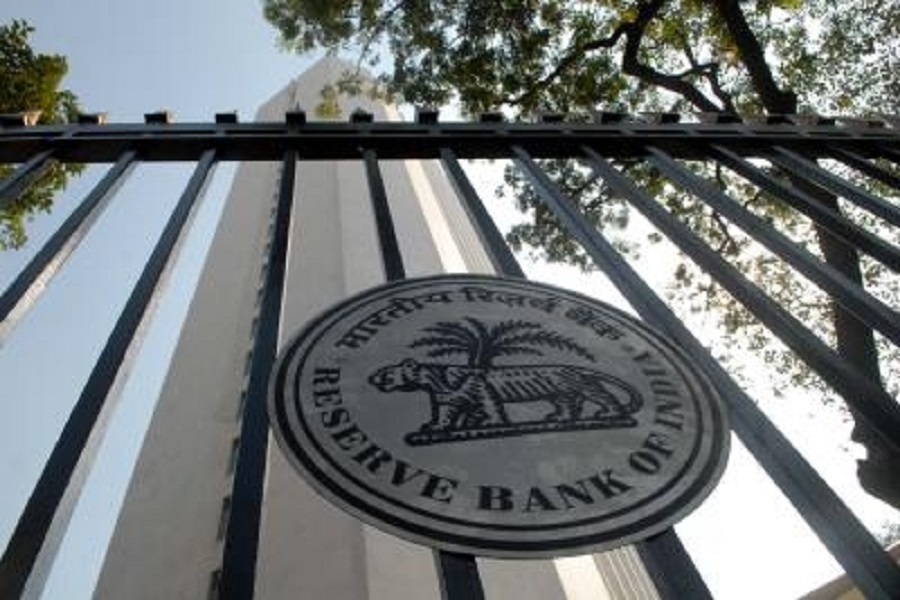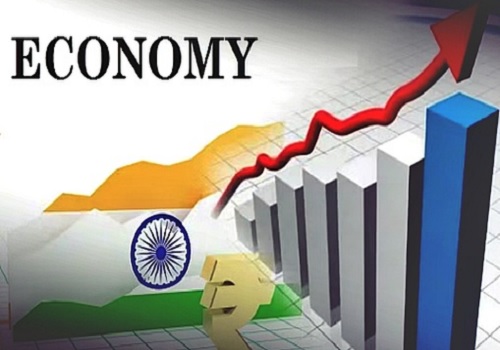The Economy Observer : Role of the Unlisted corporate sector in India`s economy by Motilal Oswal Financial Services Ltd

* India’s equity market is at an all-time high. Although real GDP growth has also surprised on the upside for the last three consecutive quarters, ongoing discussions persist regarding the perceived disparity between the equity market and the real economy. However, in this note, we reiterate that, upon closer inspection, there appears to be no disconnect between the two. The equity market reflects the financial position of the listed corporate sector, while the real economy is a reflection of a wider canvas. In order to further support our arguments, we discuss the role of listed, and thus, unlisted corporate sector, in India’s economy.
* It is widely known that the profits of listed corporate sector more than doubled from less than 2% of GDP in FY20 to ~4.5% of GDP in the past two years (FY22-FY23). But what is India’s aggregate corporate profit and more importantly, how has it moved over the past decade? We answer this question and many more in this note. Not only do we share our estimates of aggregate corporate profits in India, and thus, the share of the unlisted corporate sector, we also present our estimates of the role of the unlisted corporate sector in India’s gross value addition (GVA), national debt, profit before taxes (PBT), corporate income taxes paid, and total investments/capex (called gross capital formation, GCF).
* Since we have aggregate data on corporate GVA, corporate debt, profits (our estimates on PAT and official data on PBT), corporate income taxes paid and corporate investments, one can find out the share of the unlisted corporate sector by deducting the share of listed companies from the aggregate corporate data.
* Overall, our conclusion is very simple. The unlisted corporate sector is much bigger than the listed sector in India in most of these parameters. What is more interesting is that while the financial position of listed sector has improved markedly in the post- COVID period (FY20-FY23), this is clearly not the case for the aggregate corporate sector. It means that the financial position of the unlisted corporate sector has weakened in the post- COVID period.
Given below are the key conclusions:
1. Notwithstanding the >2x rise in profits (profit after tax, PAT) of the listed companies in the last three years, the aggregate corporate profit has been largely stable to only slightly better. It means that the profits of the unlisted sector have actually worsened materially in the post- COVID period. 2. The corporate (non-financial companies, NFCs) sector accounts for almost 40% of India’s nominal GVA. The listed companies, however, contribute only about 30% of the corporate GVA, or only about 11-12% of the national GVA. It means that the unlisted corporate sector is more than 2x the size of the listed sector in terms of GVA. What more, while GVA of listed companies has improved in the post-COVID period (FY20-FY23), it has weakened for the aggregate corporate sector, entirely because of the unlisted corporate sector.
3. Not only profits and GVA, the listed corporate sector has also seen a remarkable improvement in its financial position, as they have deleveraged. Debt of listed companies has declined to 13.4% of GDP in FY23, down from 16-17% of GDP in the pre-COVID years. While debt of the entire corporate sector has grown at the similar pace in the pre- and post-Covid period, debt of the listed companies has grown much slower, compared to that of the unlisted sector. Debt of the latter has grown faster than in the pre-COVID period. Moreover, the listed companies account for only about a quarter of India’s corporate debt, implying that the unlisted sector is almost 3x of the listed universe in terms of debt.
4. Not only the share of the listed sector has improved in terms of PAT (the aggregate of which is our estimate), but the situation is broadly similar in the case of PBT (which is the official data, published in the Union Budget documents). Like PAT, the unlisted sector accounts for almost half of aggregate corporate PBT in the country. Further, almost the entire improvement in the aggregate corporate PBT (only for profit-making units) during the post-COVID period is on account of the listed companies, as the improvement in PBT growth in the unlisted sector was minimal.
5. What is very interesting to note is that while the profits (before and after taxes) of the listed companies have improved significantly in the past few years, their share in total corporate income taxes has actually declined in the post-COVID period. Taxes paid by the listed companies (using cash flow statements) grew only 2.8% per annum in the post-COVID period, compared to 13.7% YoY growth in the pre-COVID period. Further, like in profits, the unlisted sector accounts for about 55-60% of total corporate income taxes paid in the country.
6. Lastly, the corporate sector accounts for roughly about half of the total investments (excluding acquisition of valuables) rate of ~30% of GDP in India. Of this, the listed companies used to account for about a quarter in the pre-COVID years. Post-COVID, the share of the listed companies has increased to 35%, implying that almost two-thirds of the corporate capex (or ~10% of GDP) is accounted for by the unlisted corporate sector
* Overall, the performance of the equity market is a reflection of the financial position of the listed companies, which has improved tremendously in the post-COVID period (since 2HFY21). It’s crucial to note that this improvement has come at the cost of the unlisted corporate sector, which holds greater economic significance.
* Our analysis suggests that not only the unlisted corporate sector accounts for half of the aggregate corporate profits in the country (before and after taxes), but it accounts for 55-60% of total corporate income taxes paid, two-thirds of corporate GVA and corporate capex, and about three-fourths of corporate debt in India.
* Further, in line with the improvement in its financial position, the listed sector has increased its capex substantially in the past two years. Conversely, mirroring its weaker financial condition, the unlisted sector – which is almost 3x larger than that of the listed sector – has experienced a considerable deceleration in capex. This discrepancy is one of the key factors contributing to the declining trend corporate investments across India.
* Before we discuss the role of the listed and the unlisted sector in all these economic parameters with more details, Exhibit 1 provides a summary of its share in various parameters in FY23 (or FY22) and compares it with what it was in FY12. Barring profits and taxes, the share of the listed companies has fallen in other economic parameters during the past decade or so.
* The exhibit also presents data as a % of GDP, aiming to enhance reader convenience. Notwithstanding higher profits and lower debt, listed sector’s GVA has been broadly unchanged and its capex has declined in the past decade. Moreover, direct taxes paid in FY23 were also lower than in FY12.
* To conclude, while we consider the listed companies as a proxy for India’s corporate sector, possibly due to lack of timely data, our estimates (using the residual approach) suggest that not only is the unlisted corporate sector much bigger than its listed counterpart, the latter has moved in a different direction vis-à-vis the former.
* This analysis may be the starting point for those who want to dwell further on to the possible factors, and thus, the remedy for the situation.
For More Motilal Oswal Securities Ltd Disclaimer http://www.motilaloswal.com/MOSLdisclaimer/disclaimer.html
SEBI Registration number is INH000000412




.jpg)



















